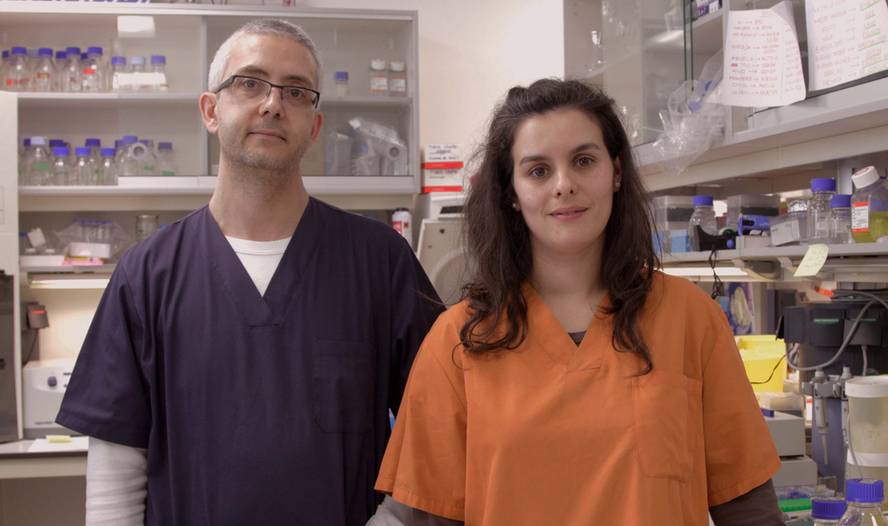Rabbits can also get sick with prions

The work has been based on in vitro research led by Dr. Joaquín Castilla and the Ikerbasque researcher. “We have repeated in laboratory how prions are replicated in animals, but in a much faster and more effective way. In our laboratory we tried to check whether that supposed resistance of rabbits was true or not. The result has been surprising, as prions of various origins (sheep, beef, pigs, etc.) have been used in the laboratory. and almost everyone has created a rabbit prion in vitro. It was the first time a rabbit prion was seen.”
After the laboratory phase, the team of Dr. Castilla analyzed the contamination of the product obtained in vitro in rabbits and at 800 days of inoculation an animal was infected, which in four years remained good for everyone else. Inoculated in two animal models, rabbits and transgenic mice, it took a year to demonstrate in the case of transgenic mice that the rabbit prion is effective in transmitting it to the same species, while in the case of rabbits it has taken a year and a half. This is the ultimate proof of the discovery of a rabbit prion.
Source: United States
Since mad cow disease jumped into the media it has been a matter of knowing how it would affect other animals and for years it has been thought that rabbits were resistant to spongiform encephalopathy disease. Although it was not understood, the rabbits were subjected to numerous experimental inoculations with prions of different origins and did not get sick rabbit.
The discovery of CIC Biogune was published in the specialized journal Proceedings of the National Academy of Science (PNAS) on March 12.
Source: www.basqueresearch.com





